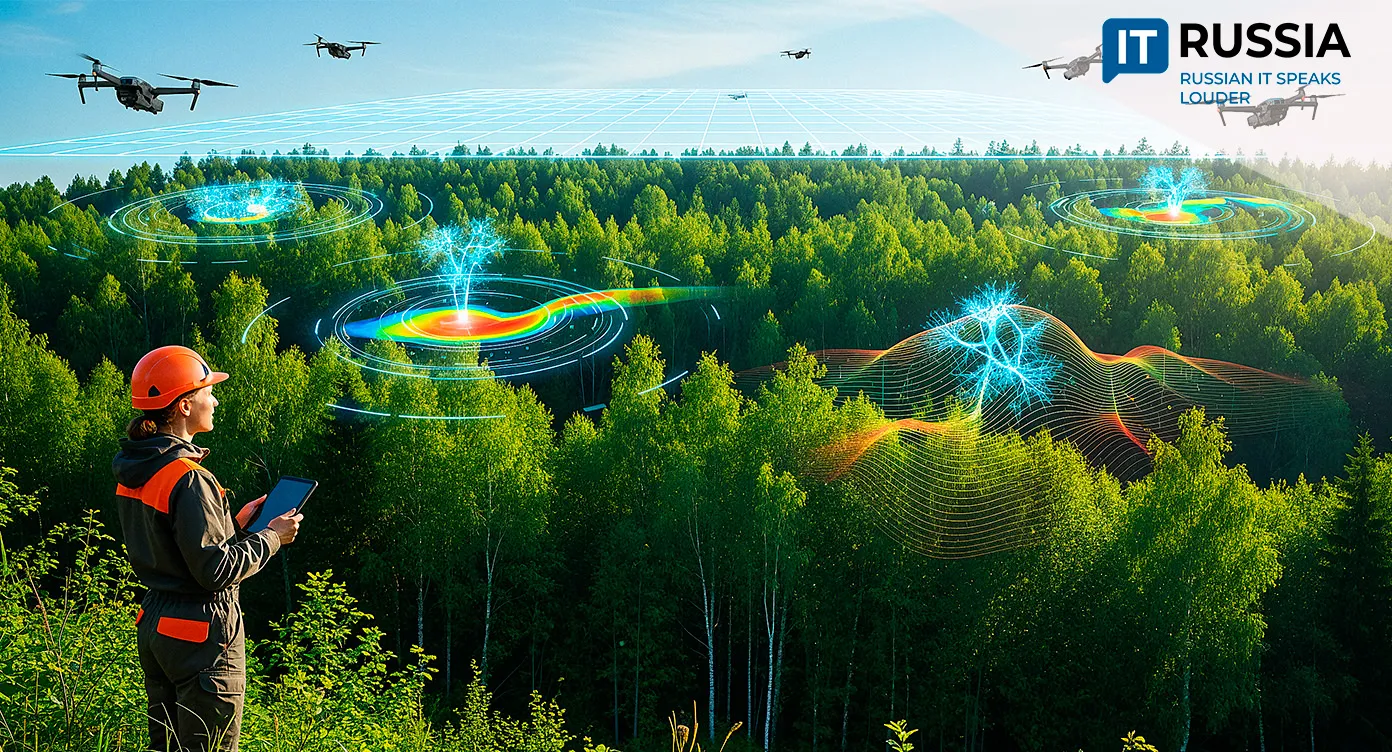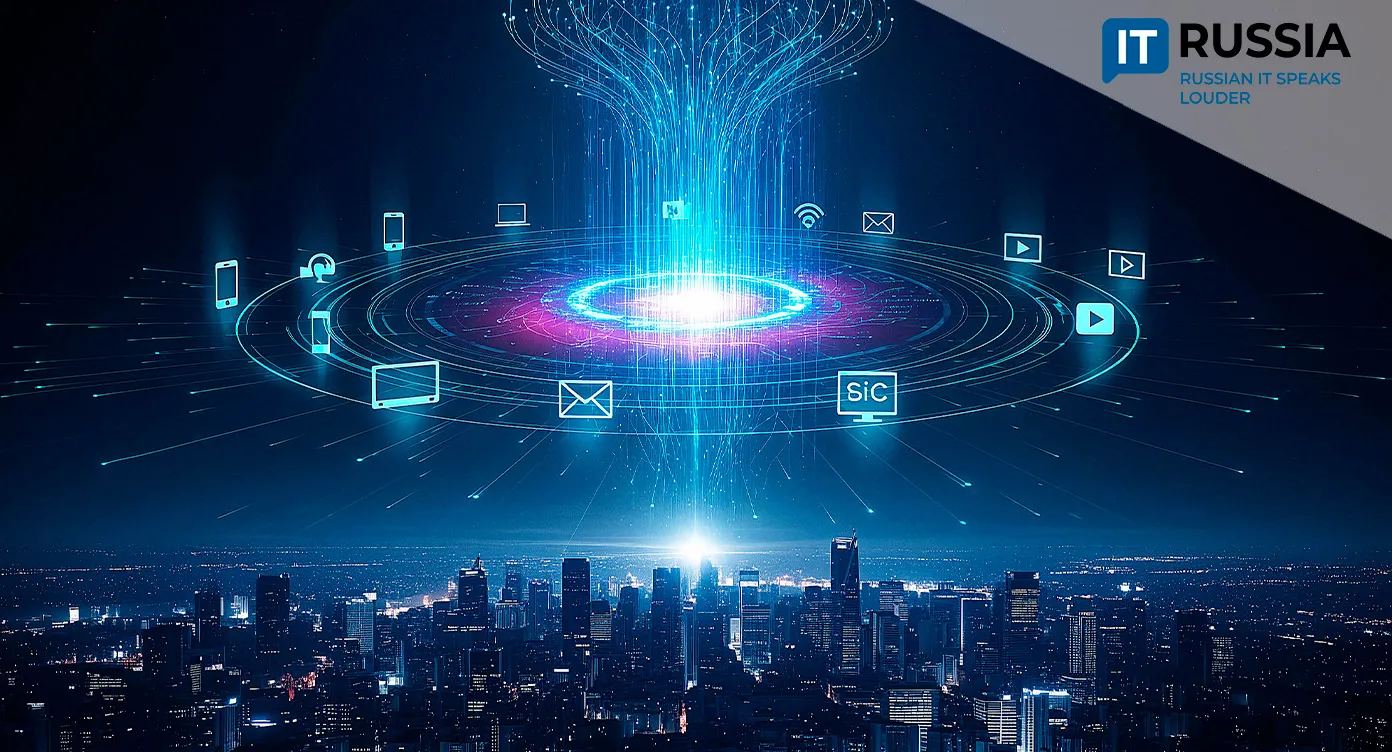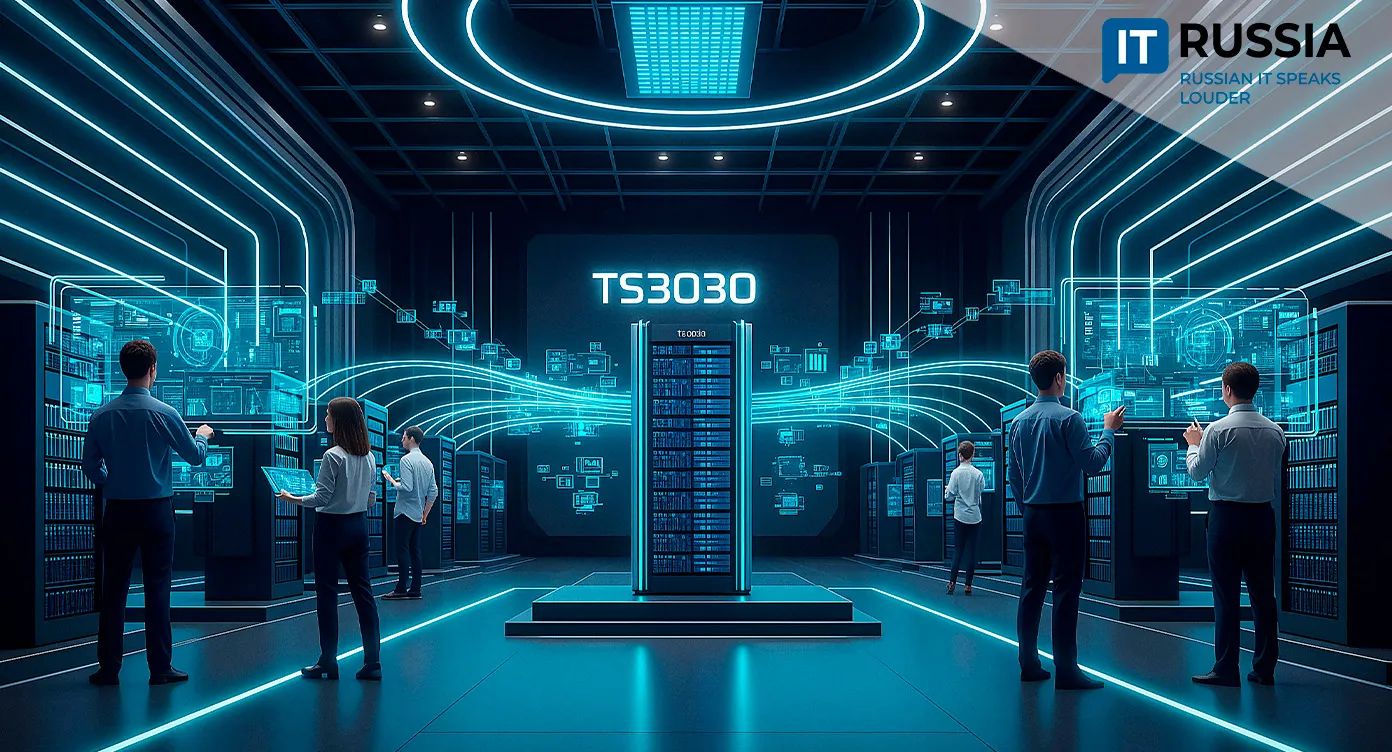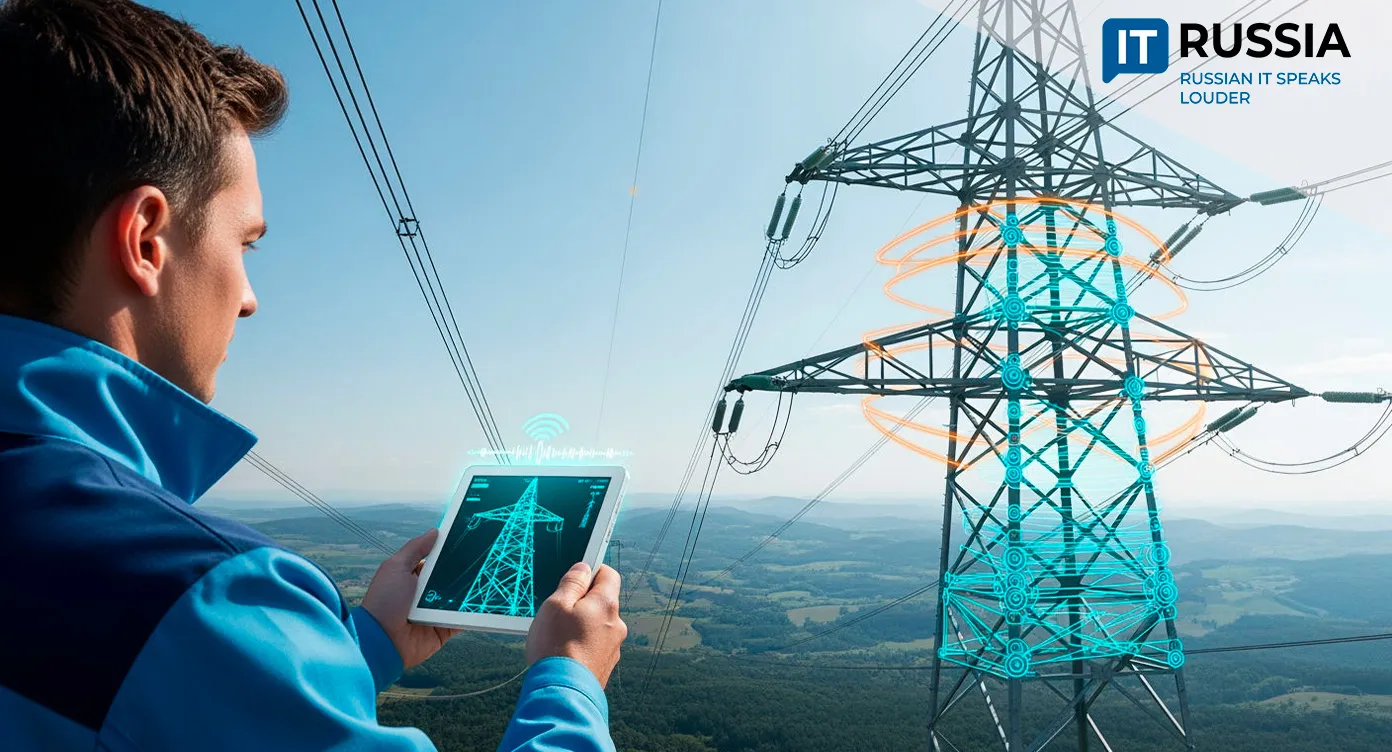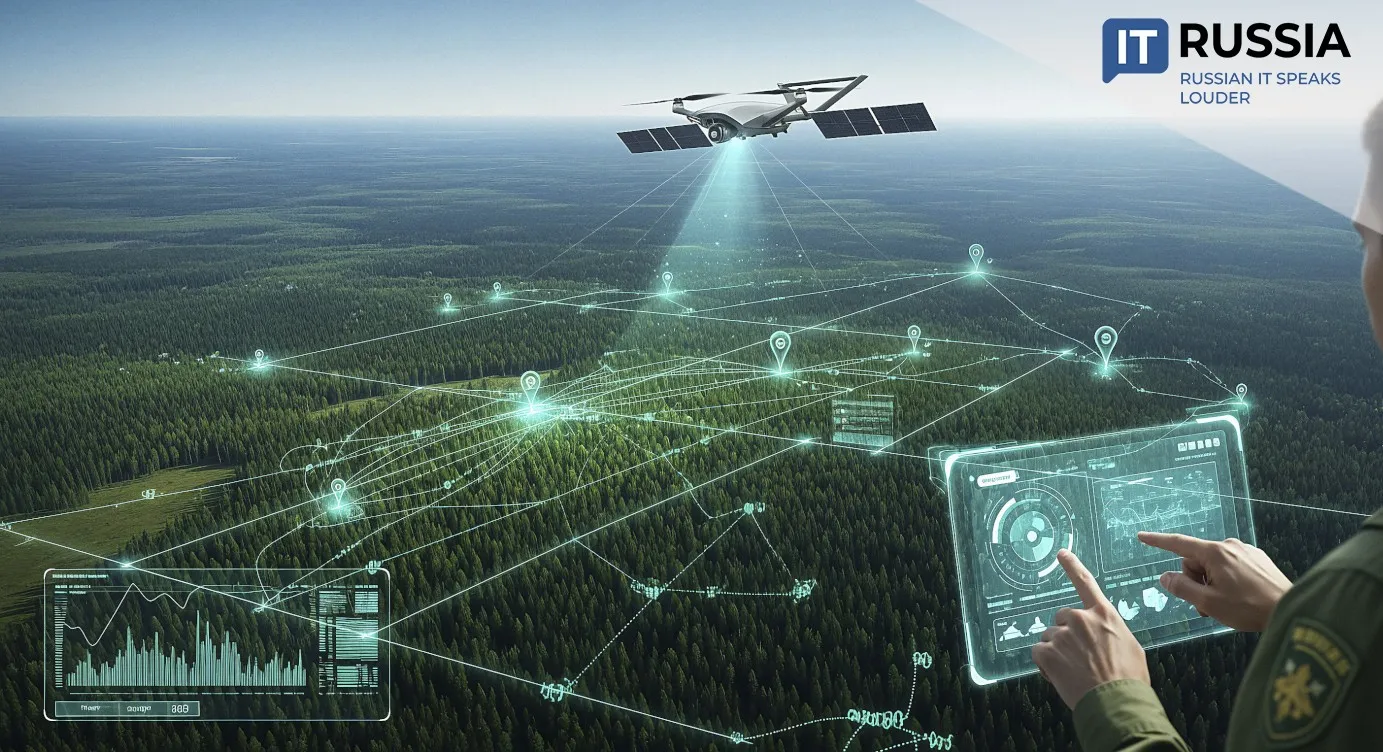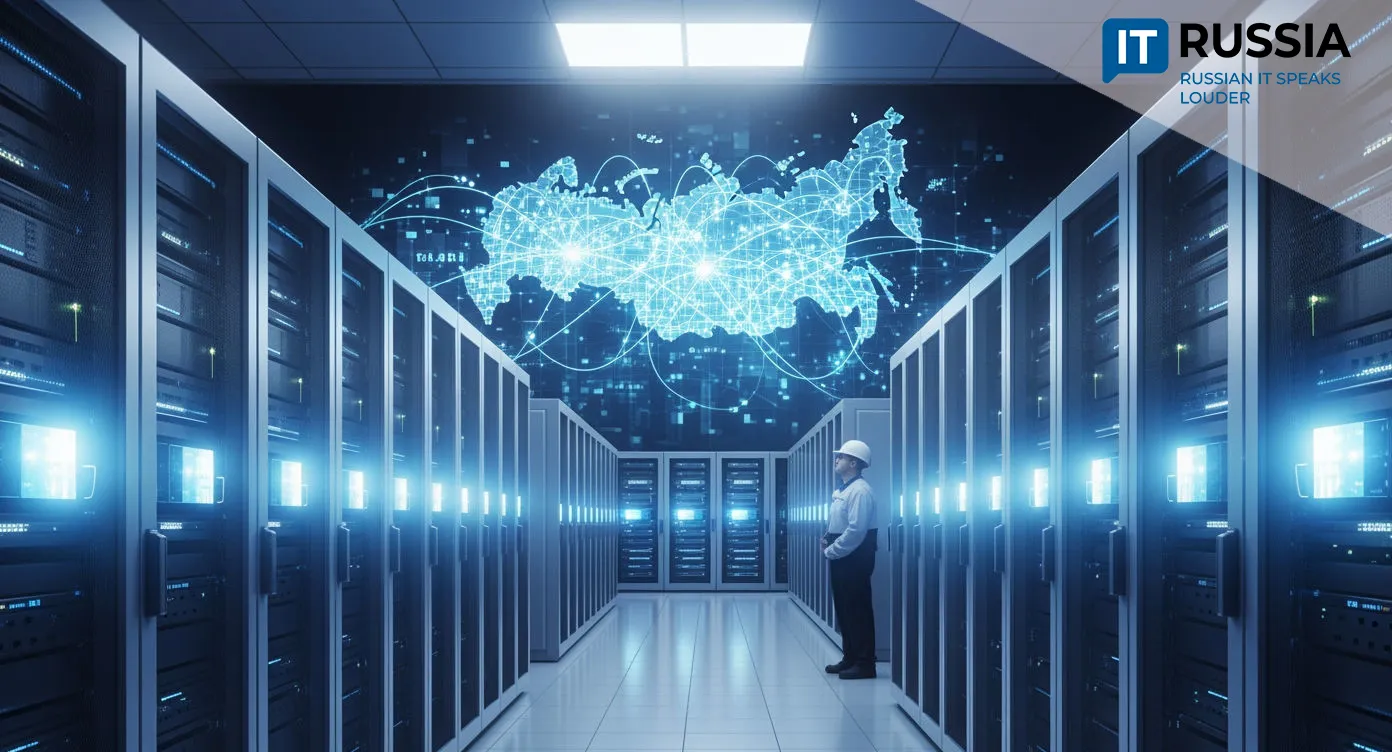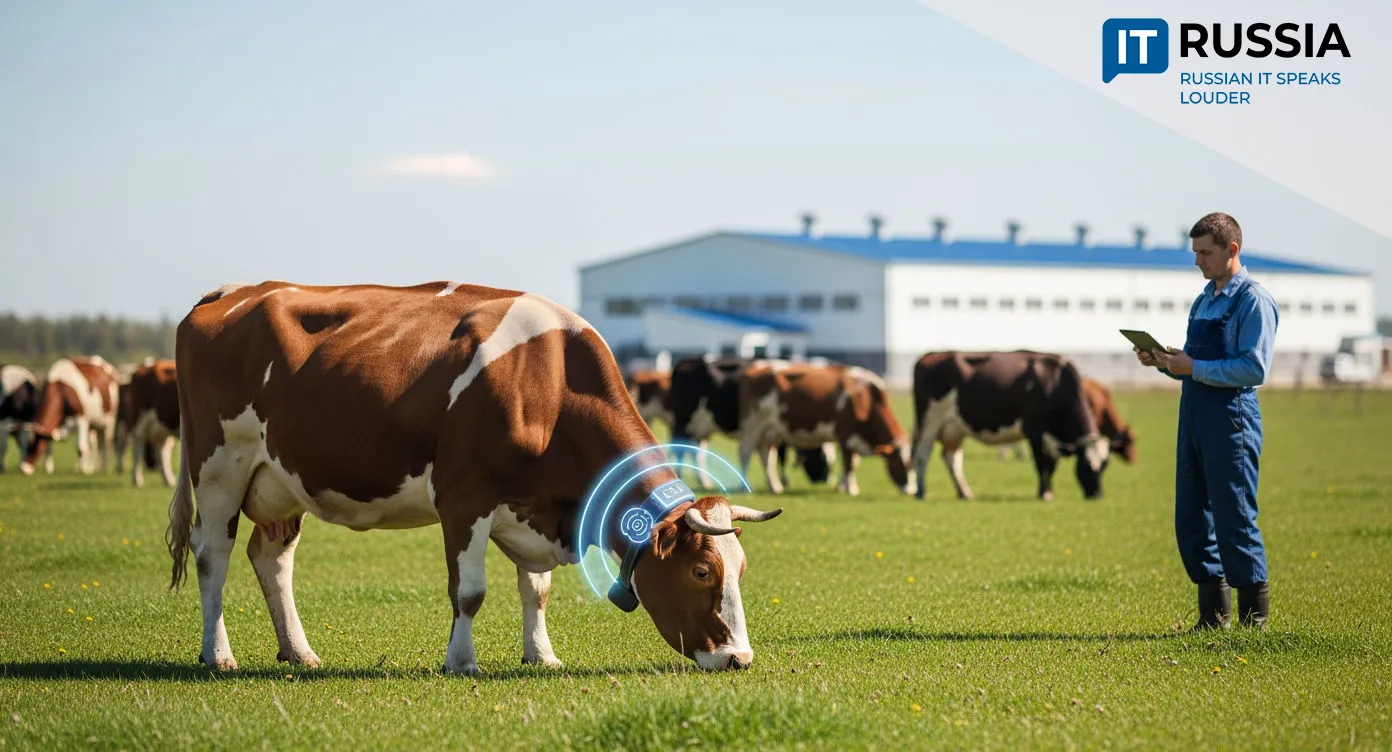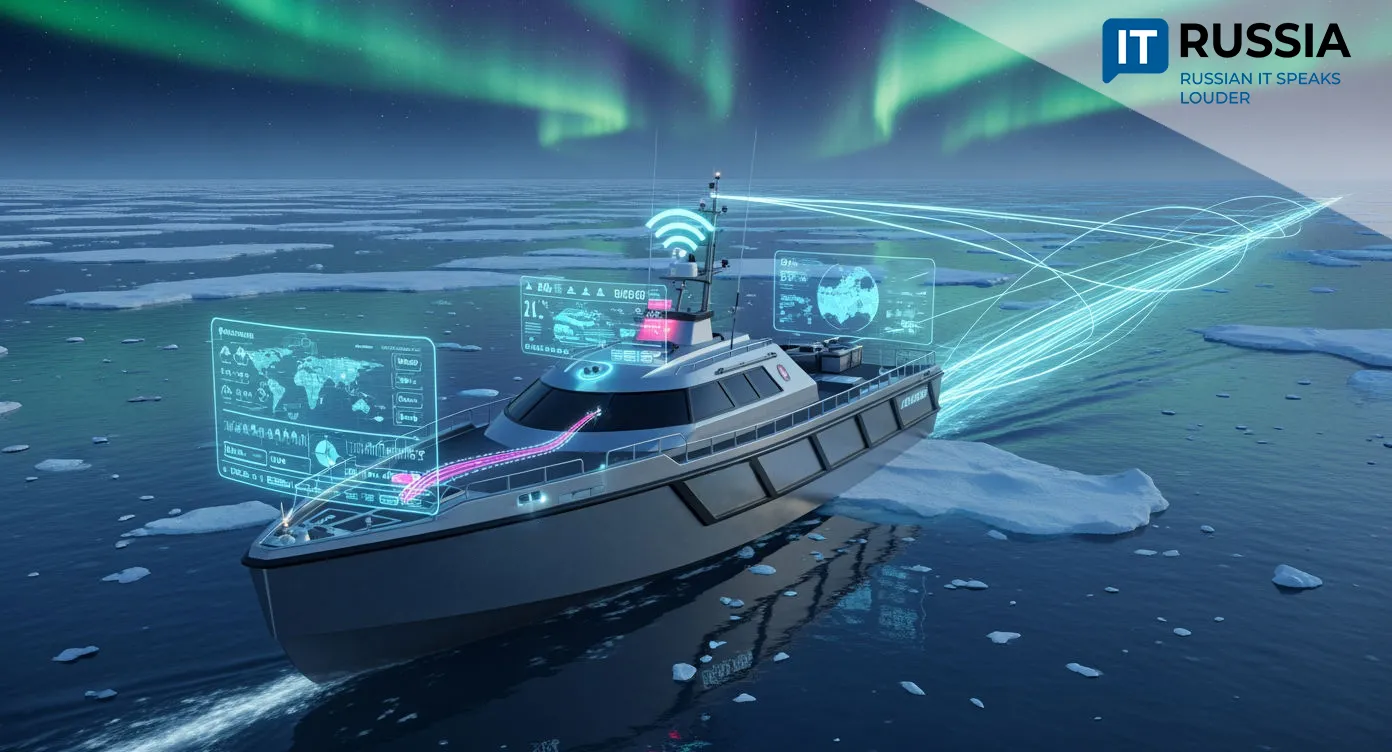Space Surveillance: How Russia’s New Ground-Based System Is Changing the Game
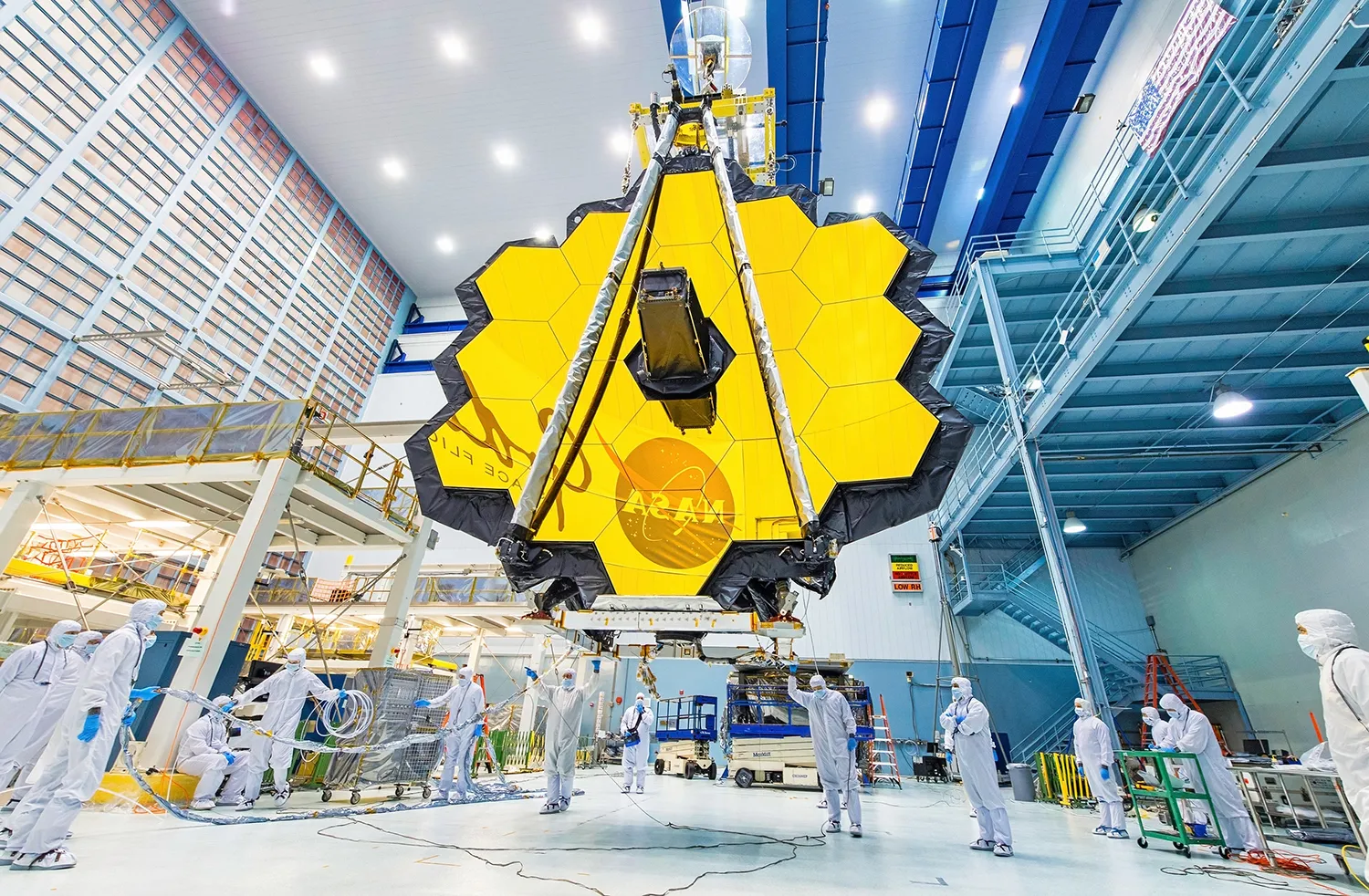
Interest in near-Earth space is growing steadily, driven by the rise in low-orbit satellite launches—from internet megaconstellations to scientific instruments.
Safety and Transparency
A team of Russian specialists led by Dr. Anatoly Kalyaev, Doctor of Technical Sciences, has developed a groundbreaking solution to a crucial issue in satellite operations—security and transparency. The team has built a unique ground-based system for identifying artificial satellites in low Earth orbit (up to 2,000 km).
The system is composed of three key components: 1. An automated optical telescope capable of tracking orbital objects without human input. 2. A hardware platform integrated with big data algorithms for real-time information processing. 3. A results output system that provides accessible data for further analysis.
According to rusamara.com, there is currently a shortage of publicly available and precise data on satellites, especially small ones. This new system is designed to bridge that gap and offer a more complete picture of orbital activity.
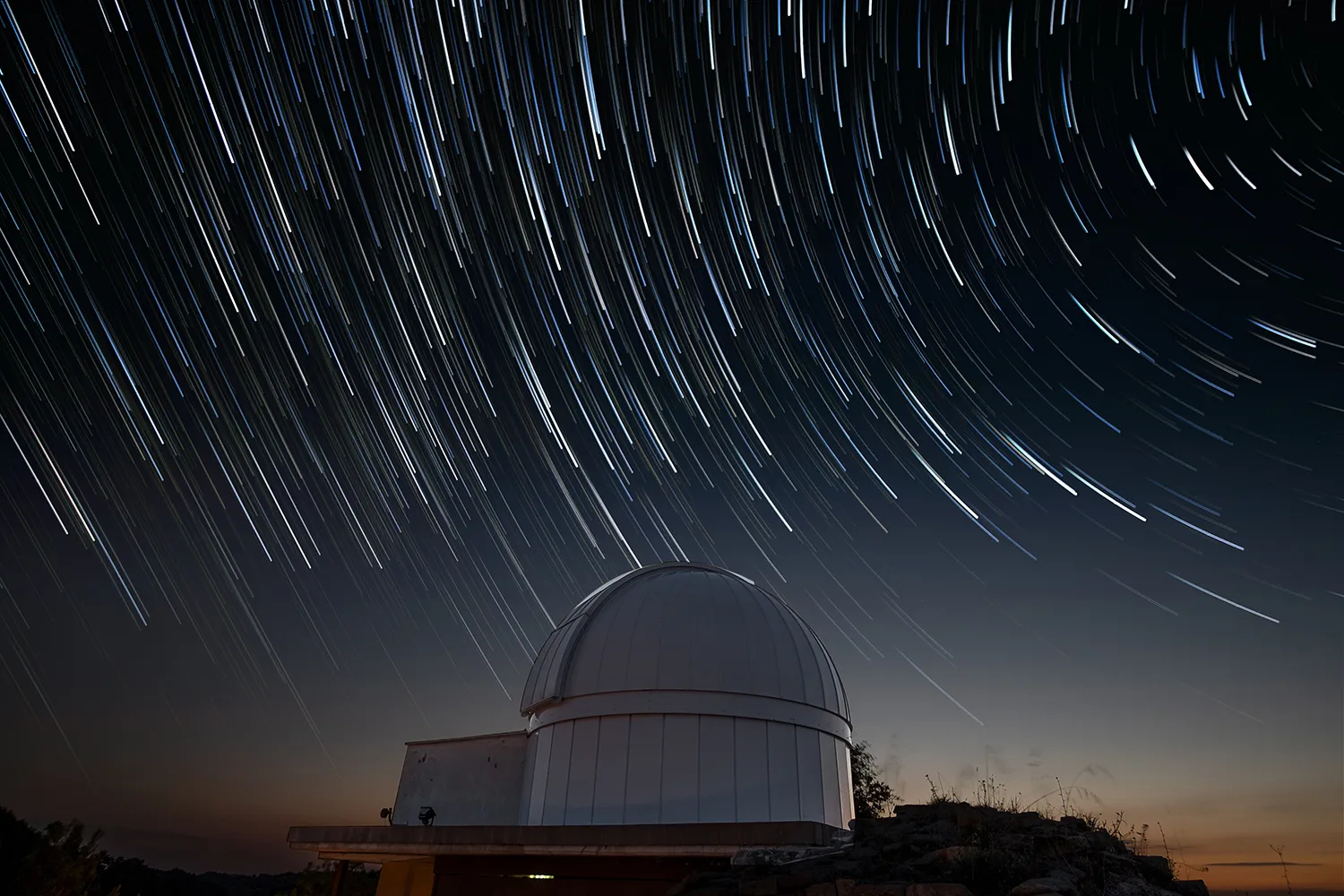
Why This Matters
The rapid proliferation of satellites significantly increases the risk of collisions. Each incident could trigger a chain reaction known as the Kessler effect, where debris from one crash causes further accidents. Kalyaev’s system provides accurate object tracking to help prevent such scenarios.
For Russian citizens, this means enhanced national security through protection of strategic infrastructure, improved reliability of communications and navigation, and rapid threat response capabilities.
Technological Independence
In an era of geopolitical tensions, Russia is actively developing homegrown technologies. This space monitoring system represents a move toward technological sovereignty in space research. It enables the country to make critical decisions based on its own data without relying on foreign sources.
Global Collaboration Potential
This new system has the potential to integrate into a global space object cataloging framework. As private satellite fleets and international missions expand, such systems become essential to maintaining order in Earth’s orbital environment.
Expansion and Export Opportunities
Countries lacking space surveillance infrastructure could greatly benefit from this system. Russia envisions exportable versions of the technology or data-sharing agreements tailored to specific foreign needs.
Key integration paths include: - Project 'Rassvet': A planned constellation of roughly 900 low-orbit satellites by 2035, requiring precise control and monitoring. - 'Krona'-type complexes: Radio-optical systems that complement optical observation. - A satellite data ecosystem: Integration into larger systems for Earth observation, radar imaging, and environmental monitoring.
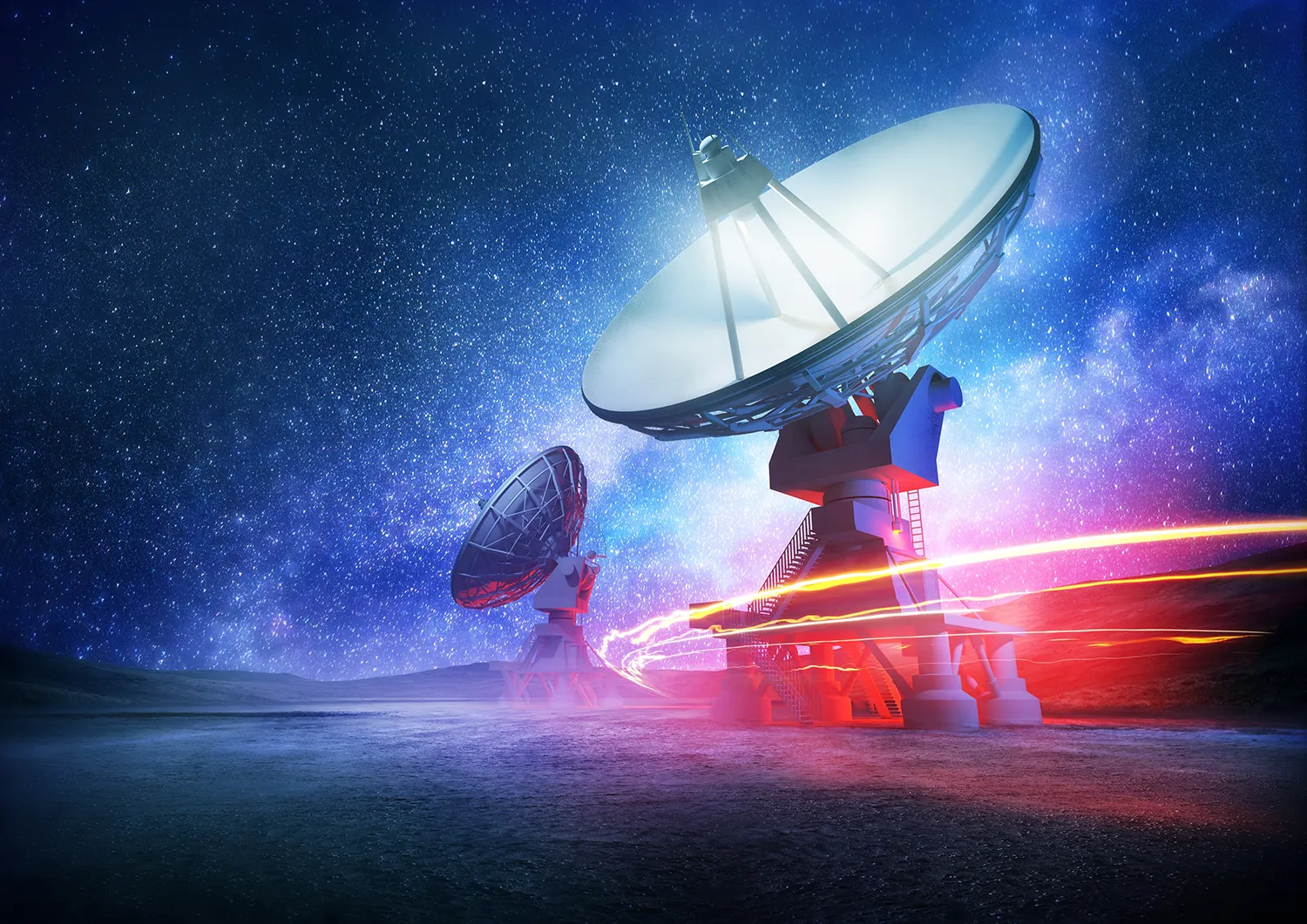
Progress Over Five Years
Russia has made remarkable advances in space surveillance over the past five years: - The Roscosmos 'Krona' complex was launched, capable of tracking up to 30,000 objects daily. - Magnetic sensors developed in Nizhny Novgorod provide additional control layers. - The 'Rassvet' project launched, supporting 5G NTN-enabled satellite communication. - The 'Resurs-P' satellite was deployed, showcasing Earth remote sensing from low orbit.
Experts have observed a trend: the number of small, specialized satellites is increasing rapidly, necessitating robust tracking solutions.
Kalyaev’s system is a foundational component of this emerging field of space surveillance. Once integrated with systems like 'Krona' and 'Rassvet', it can serve as a core of a unified national orbital monitoring platform.
Development Outlook
Commercial deployment for government and defense clients is expected within 2–3 years. In the medium term, this will enable Russia to participate in global initiatives and enter the international market.
The long-term goal is a fully developed space data ecosystem accessible to both public and private stakeholders.
As Earth’s orbital environment becomes increasingly crowded, Russia’s new system is more than just a scientific milestone—it is a practical tool for ensuring space safety and sustainability.





